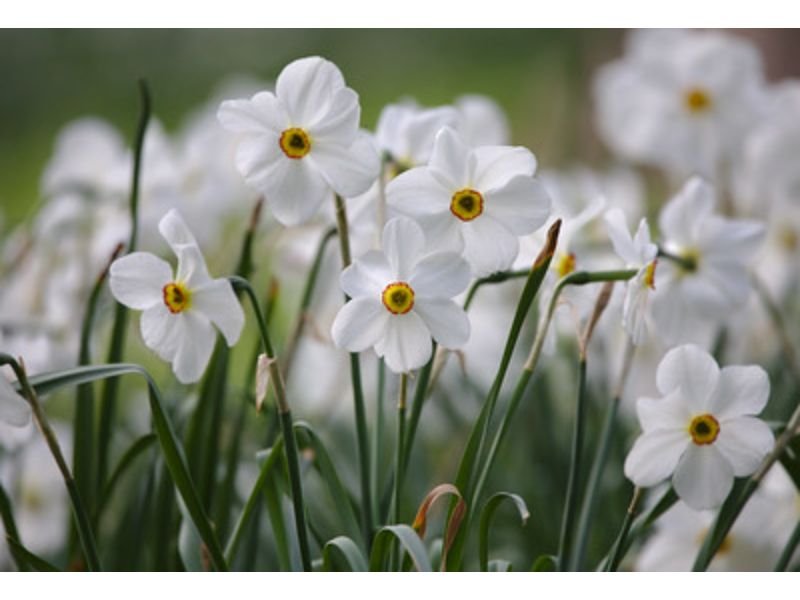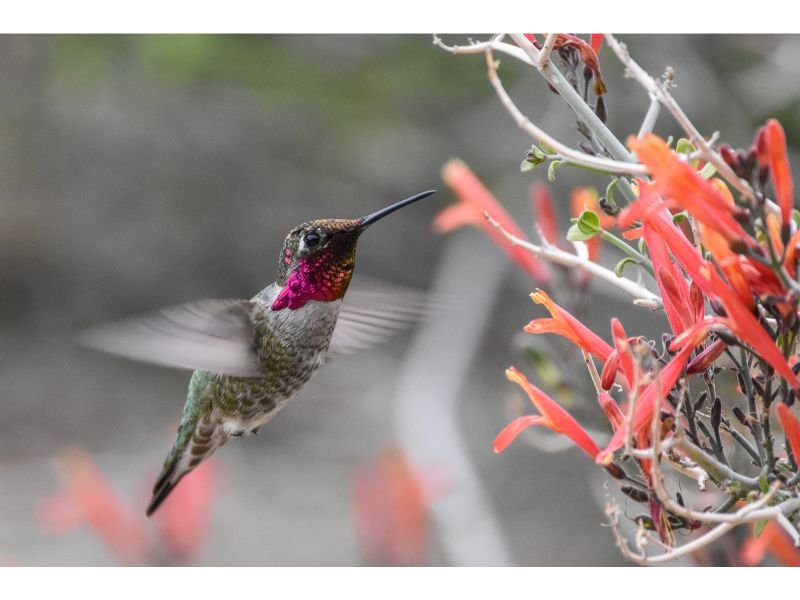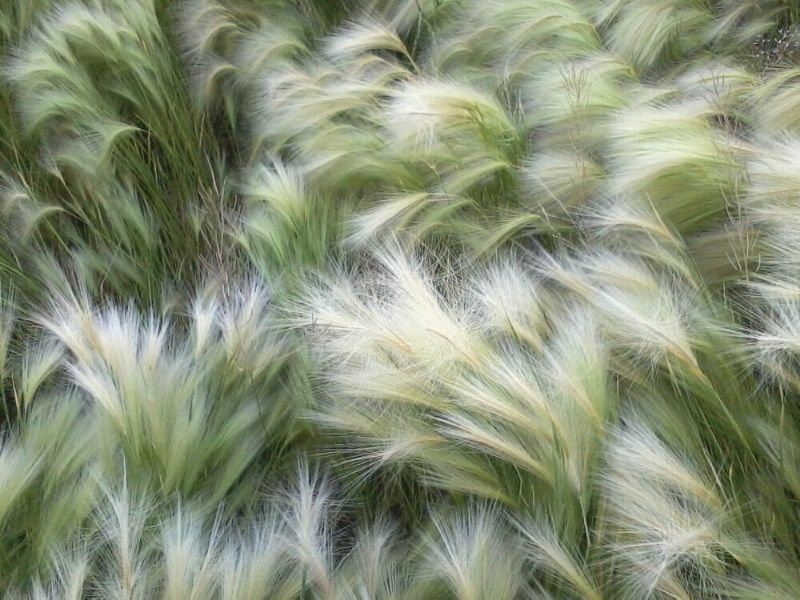Last updated on November 27th, 2023 at 05:19 am
Gardening in sandy soil can be challenging. Many flowers struggle to grow in loose, fast-draining, and nutrient-poor sandy soil.
However, some flowers actually prefer sandy soil and will thrive in these conditions. These sandy soil-loving flowers have adaptations that allow their roots to access moisture and nutrients.

Their growth habit and flowering capabilities are also well-suited for loose, gritty soil. By choosing the right flowers, you can create a beautiful sandy soil garden with vibrant colors and lush textures.
Table of Contents
Why Sandy Soil is Challenging for Plants
Before diving into plant options, it’s helpful to understand why sandy soil can be difficult to garden in. Here are some of the main challenges:
- Fast drainage – Water drains rapidly through sand, making it hard for plants to access moisture.
- Low nutrients – Sandy soils have very little organic matter and nutrient content.
- Loose composition – The gritty texture offers little support for roots.
- High pH – Sandy soils tend toward alkaline pH levels, affecting nutrient availability.
- Compaction over time – Foot traffic can compress sandy areas into a concrete-like layer.
Plants that thrive in sandy soil have found ways to overcome these obstacles with deep roots, efficient water use, and physiological adaptations.
Related article: Flowers that like alkaline soil.
Best Flowers for Sandy Soil
Here is an extensive list of annual and perennial flowers that grow well in sandy, well-drained soils.
Perennials
Perennials are plants that live for more than two years. Once established, they will return year after year with very little maintenance required. Here are some excellent perennial flowers for sandy gardens:
Yarrow (Achillea millefolium):
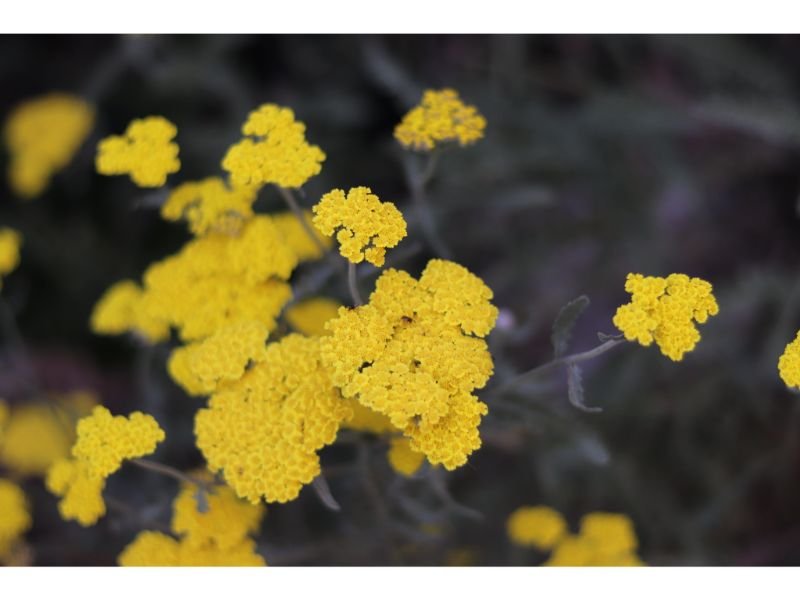
Yarrow thrives in sandy soil and tolerates drought extremely well. Its fern-like leaves retain moisture efficiently. The flowers come in shades of white, pink, red, yellow, and terra cotta. Yarrow is very hardy and spreads readily, making it an excellent ground cover for sandy areas.
Purple Coneflower (Echinacea purpurea):

With its daisy-like purple flowers and wide tolerance range, Echinacea is one of the best perennials for sandy gardens. It has a long taproot to capture moisture and its native prairie origins make it a tough plant. The bright blooms attract butterflies.
Coreopsis (Coreopsis spp.):
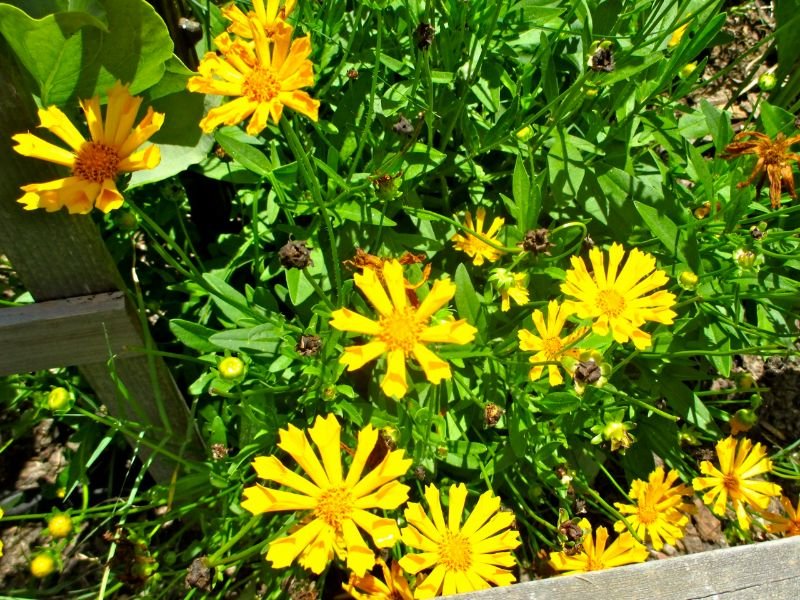
This North American native comes in a variety of sizes and colors. Coreopsis loves the hot, dry conditions found in sandy soils and keeps blooming through summer with its cheery yellow, gold, mahogany, or bicolor flowers. Deadheading promotes more blooms.
Russian Sage (Perovskia atriplicifolia):
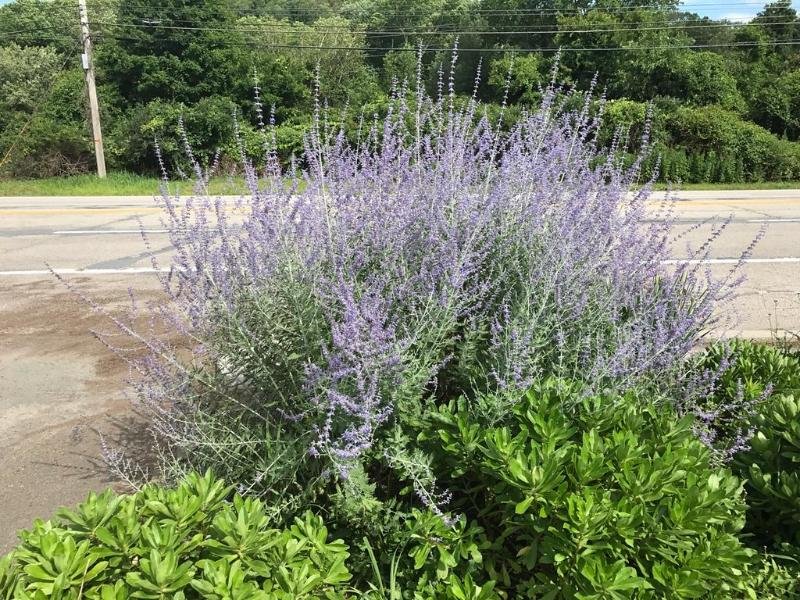
Russian sage thrives with very little care in sandy, well-drained soil and full sun. Its silvery-blue leaves contrast beautifully with its lavender-blue flower spikes. The aromatic foliage is deer and rabbit-resistant. It self-sows readily to cover larger areas over time.
Verbena (Verbena spp.):
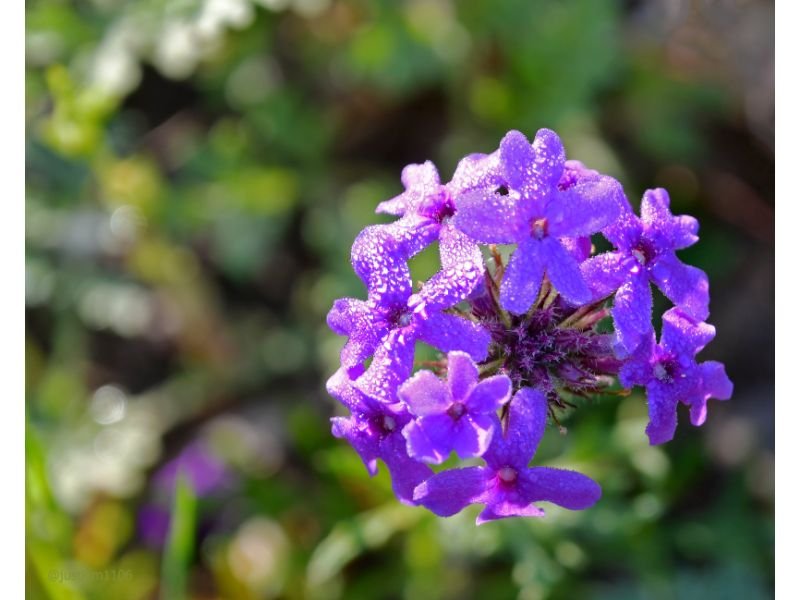
The low, trailing growth habit of verbena varieties makes them ideal for sandy soils with excellent drainage. They bloom reliably all summer long in vibrant colors like red, blue, purple, and pink. Some verbenas are perennial in mild climates, but often grown as annuals.
Lavender (Lavandula spp.):
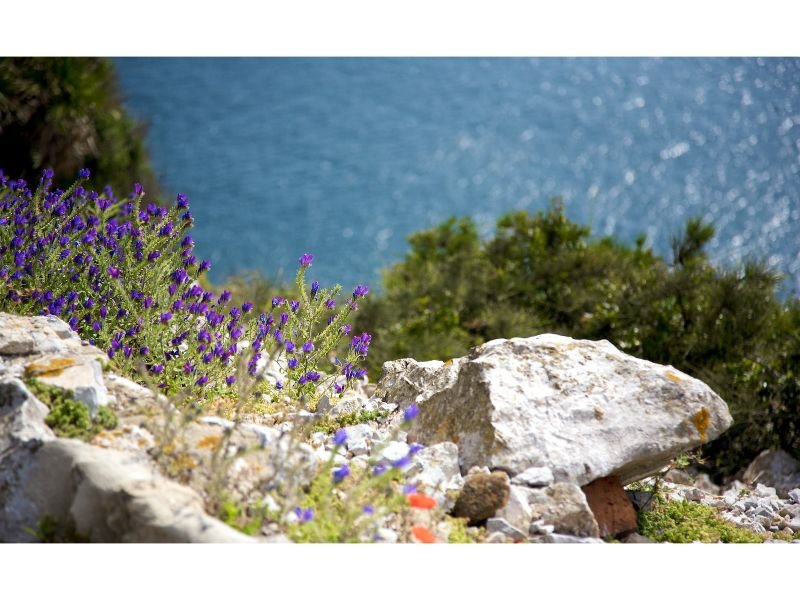
As a Mediterranean native, lavender is made for hot, dry sandy conditions. It offers a unique summer bloom, heavenly fragrance, and attractive silver foliage. English lavenders like “Hidcote” and “Munstead” thrive in sandy soil and hot sun. Well-drained soil is critical to avoid root rot issues.
Gaillardia (Gaillardia spp.):
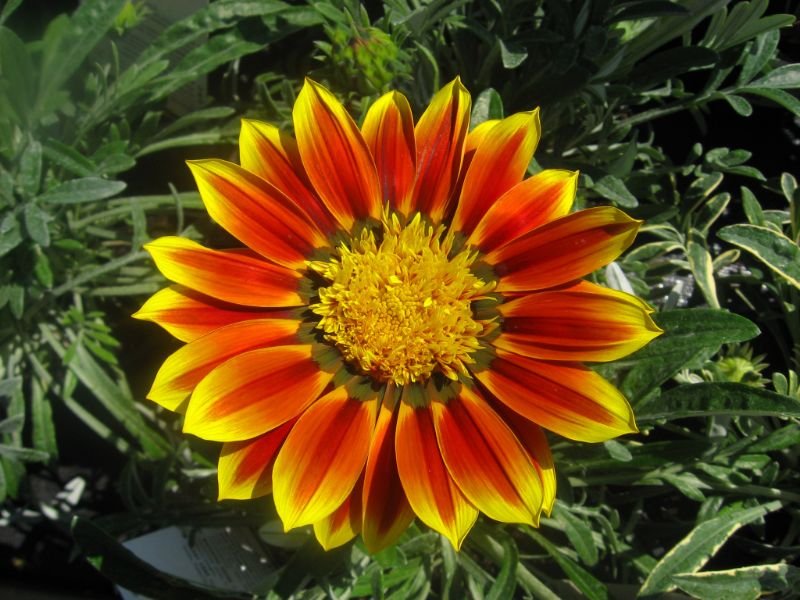
Commonly called blanket flowers, Gaillardia produces vibrant flowers nonstop all summer on sandy, infertile soils. Flowers come in warm sunset shades like crimson, orange, yellow, and purple with petals streaked and tipped in dark shades. Pinch back spent blooms to promote continuous flowering.
Black-eyed Susan (Rudbeckia spp.):

A classic coneflower, Black-eyed Susans revel in hot dry soils with excellent drainage. Cheerful yellow petals encircle a dark brown center. Cut back spent blooms to encourage repeat flowering on branched clumps. Grow with ornamental grasses for a beautiful textural contrast.
Sage (Salvia spp.):
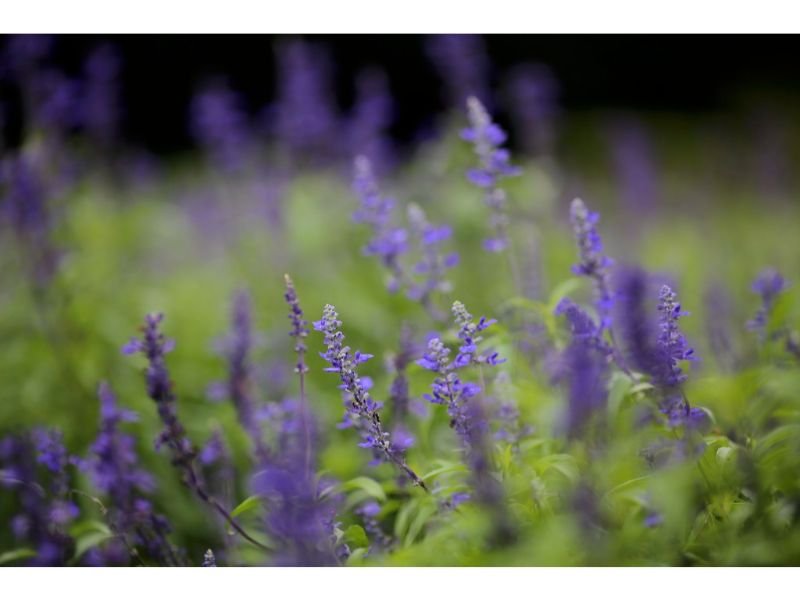
Sages appreciate sandy conditions and thrive with little water or maintenance once established. Flower colors include blue, purple, white, pink, and red blooms all summer long. Pineapple sage and garden sage offer edible leaves too. Deer tend to avoid sages.
Sedum (Sedum spp.):

Succulents like Sedum perform wonderfully in sandy settings. Their thick, fleshy leaves store water for drought tolerance. Sedums make excellent groundcover and rock garden plants. Varieties offer interesting leaf shapes, textures, and colors as well as pink, white, or yellow blooms.
Daylily (Hemerocallis spp.):

Daylily’s grassy foliage and tuberous roots are fantastic for sandy soils with good drainage and high light. Hundreds of daylily cultivars provide endless bloom colors to choose from in June and July.
Flowers only last a day but new buds open continuously. Divide clumps every few years for best growth.
These hardy perennials have deep root systems to help them deal with sandy soil’s quick drainage and low water retention. Their ability to access groundwater and withstand dry conditions makes them perfect sandy soil plants.
Annuals
Annual flowers must be replanted each year. But they offer the benefit of changing up colors and varieties in your sandy garden year after year.
Zinnia (Zinnia spp.):

A must-have for any sandy soil garden, Zinnia thrives in hot, dry conditions common to loose, sandy loam. Vibrant flowers bloom profusely in every shade except blue. Dwarf varieties work nicely for edging beds while giant zinnias make eye-catching cut flowers. Deadhead to promote more blooms.
Cosmos (Cosmos bipinnatus):
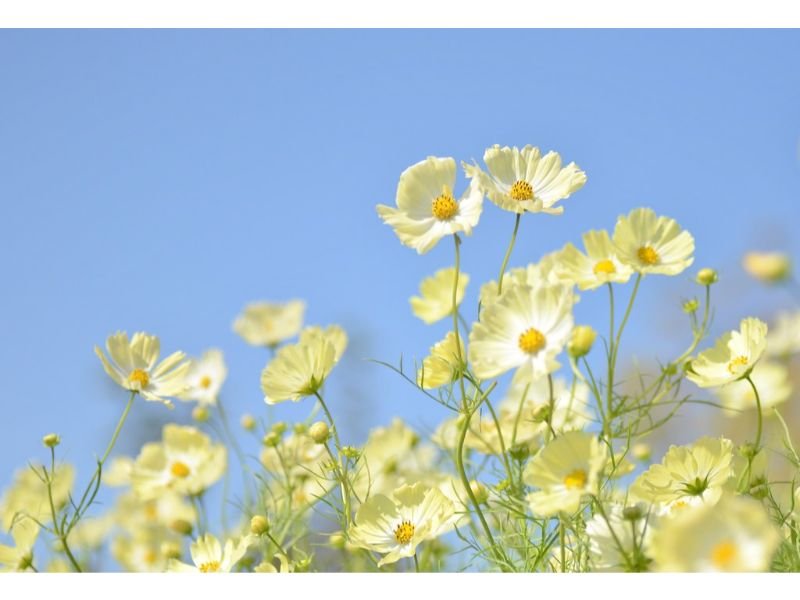
With delicate, feathery leaves and bright flowering heads, cosmos handles poor soil quite well. The tall, airy plants provide ample bloom in pink, magenta, orange, red, purple, yellow, and white shades throughout summer with moderate water. Protect young plants from snails and slugs.
Sunflower (Helianthus annuus):

Sunflowers positively thrive in sandy settings with their deep taproots, heat tolerance, and little need for fertilization. Plant dwarf varieties or cut back tall plants for abundant flowering and seed heads through fall. Protect seedlings from birds and other critters.
Marigold (Tagetes spp.):

This classic annual does wonderfully in dry sandy beds and containers. Marigolds also help deter pests. Choose African, French, or Signet types blooming in sunny yellows, oranges, maroons, and bicolours.
Pinch tops to promote bushiness. Marigolds keep blooming with minimal water through first frosts.
Annuals will thrive in sandy soil over one growing season and add vibrant pops of color to your sandy garden beds.
Bulbs
Flower bulbs are easy to plant in fall for brilliant color in spring and early summer. These bulbs grow well in sandy soils:
Crocus (Crocus spp.):
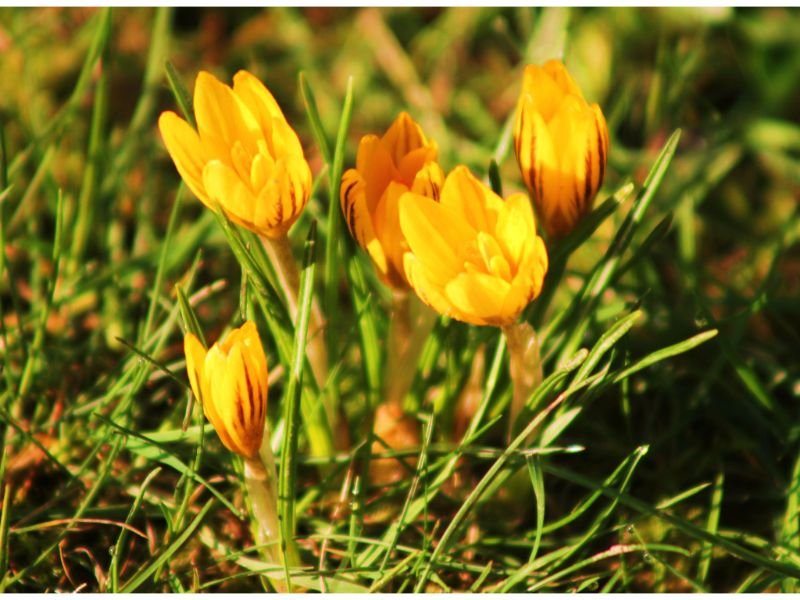
These petite spring bulbs naturalize readily in lean sandy beds and lawns. Showy cup-shaped blooms appear in early spring accompanied by grass-like leaves.
Popular varieties come in purple, lavender, yellow, white, and bi-color shades. Squirrels love crocus corms so plant bulblets very deep or protect with screens.
Grape Hyacinth (Muscari spp.):

Delicate grape hyacinth offers reliable spring blooms year after year without any special care. Short spikes are packed with tiny violet-blue florets.
Let groups of bulbs naturalize freely in sandy sites. Foliage dies back by early summer. Foil cuts leave unattractive foliage, so hide bulbs behind later perennials.
Spanish Bluebell (Hyacinthoides hispanica):

This charming spring bulb handles sandy soil and drought exceptionally well. Nodding starry bells rise above grassy foliage for a cheery spring color.
Spanish bluebell spreads readily by seed and underground bulb division. It combines beautifully with bulbs that bloom later like alliums and lilies.
Freesia (Freesia spp.):

Grown from corms, Freesia blooms reliably in early spring and thrives in sandy soil with good drainage. Trumpet-shaped flowers offer incredible fragrances in white, yellow, pink, red, and orange.
Mix corms with other early spring bulbs for waves of bloom. Protect new emerging growth from slugs until established.
Bulbs look beautiful when planted together en masse. Over several years, they will multiply to provide more blooms each season.
Shrubs & Vines
For floral color beyond just bedding plants, these flowering shrubs thrive in sandy soils:
Rose (Rosa spp.)

While rich soil is ideal, certain rose types handle sandy conditions just fine with some TLC. Choose own-root, drought-tolerant rose varieties rather than grafted types.
Provide supplemental irrigation for the first year, then water deeply and less frequently. Spread mulch to conserve soil moisture once established.
Spirea (Spiraea spp.)
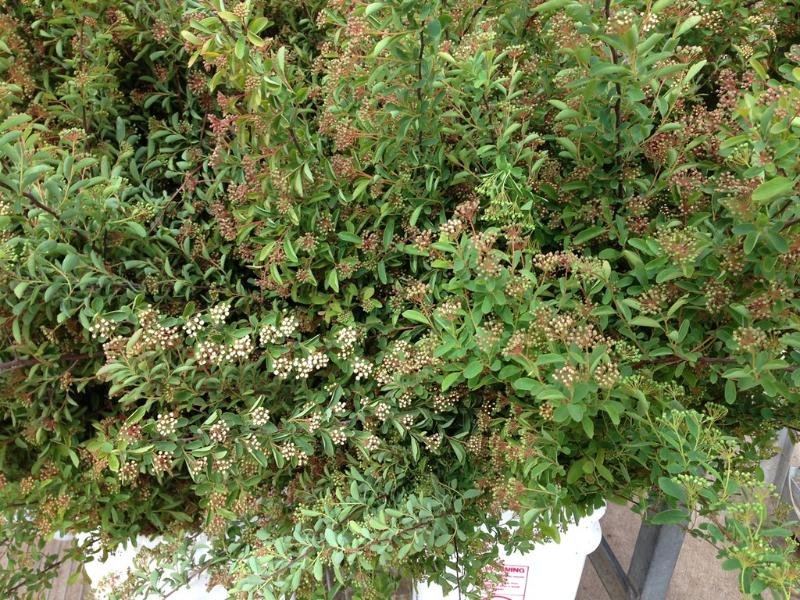
Flowers range from red and purple to white and pink. They are known as a plant which effective in controlling pests in the garden.
Weigela (Weigela Florida)

Abundant pink, red, or white trumpet-shaped blooms.
Butterfly bush (Buddleja davidii)

Butterfly bush adapts wonderfully to poor sandy soil. It sends roots quite deep to access groundwater, enabling it to thrive with little irrigation.
Flowers prolifically with huge panicles of fragrant blooms attract bees, butterflies, and hummingbirds all summer. May self-seed aggressively, so keep an eye on seedlings.
Two flowering vines that handle sandy soil wonderfully:
Passionflower (Passiflora spp.)
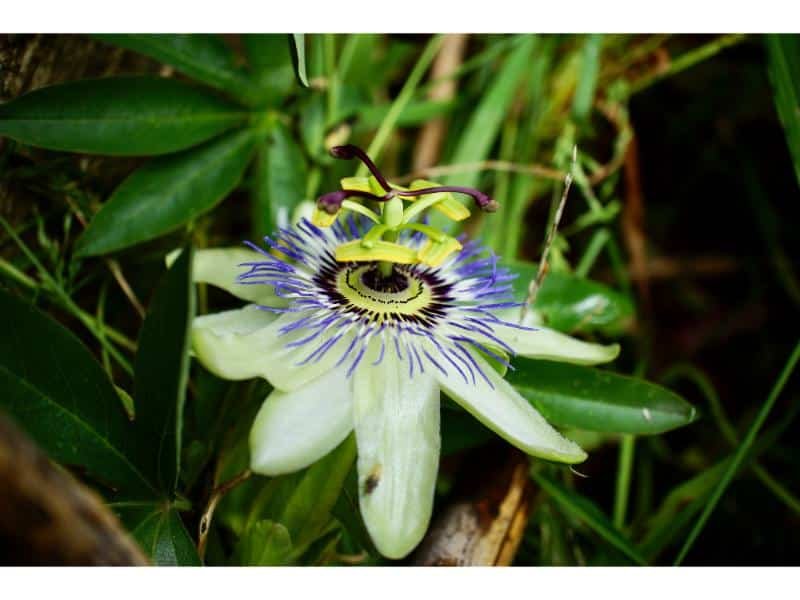
Unique lavender blooms.
Morning Glory (Ipomoea spp.)
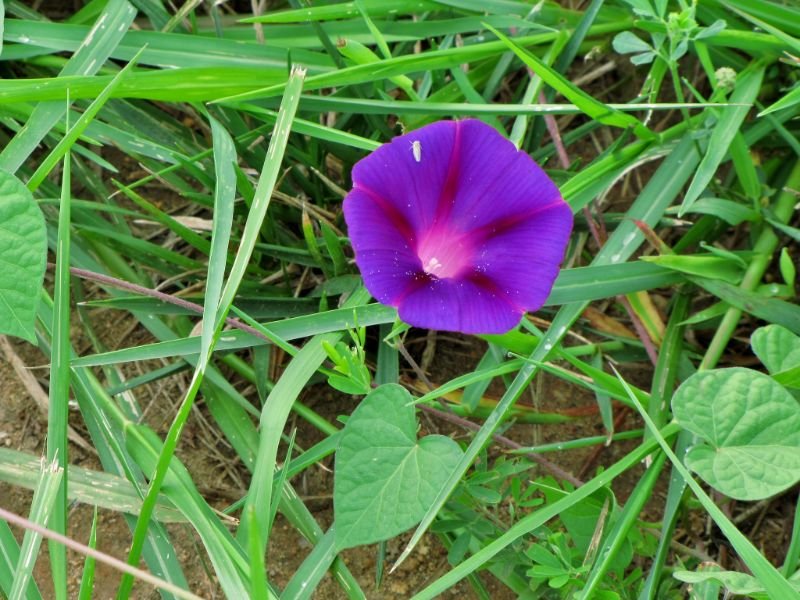
This classic annual vine grows vigorously in sandy conditions with very little fuss or care. Morning glories wind quickly up trellises, fences, and arbors to offer a quick burst of lush foliage and abundant summer flowers.
Soak seeds prior to spring planting. Choose lovely blue, purple, white, pink, or multicolor flowering varieties.
Planting & Caring for Flowers in Sandy Soil
Now that you know which flowers tolerate sandy soil the best, it’s time to learn how to properly plant and care for them. Follow these simple tips:
- Amend the soil – Mix in 2-3 inches of compost or well-rotted manure before planting. This will provide nutrients and help retain a little moisture.
- Mulch beds – Apply a 2-3 inch layer of organic mulch like bark chips or pine straw around plants to conserve moisture and reduce weed competition. Replenish as needed.
- Water thoroughly – When watering, aim to saturate root zones instead of brief, light watering which tends to run off quickly in sand.
- Use combinations – Plant short annuals and creeping ground covers under and around anchor perennials and shrubs. Layered plantings help prevent erosion and look lush.
Here is a quick reference table for planting timing and plant spacing:
| Flower Type | When to Plant | Spacing |
|---|---|---|
| Annuals | After danger of frost | 8-12 inches apart |
| Bulbs | Fall | Depends on bulb size |
| Perennials | Spring or fall | 12-24 inches apart |
| Shrubs | Early spring or fall | Depends on mature size |
Designing a Flourishing Sandy Soil Garden
Follow basic garden design principles to make the most of your sandy spaces:
- Group plants with similar needs together in beds
- Use short plants and ground covers around anchor plants
- Repeat colors, shapes, and textures for unity
- Use curves instead of straight lines for bed shapes
- Add hardscape features like paths, benches, and decorative stones
With the right plants and care, even pure sand can be transformed into a lush oasis brimming with colorful flowers. It may seem counterintuitive, but sand’s free drainage helps many flowers thrive, especially natives and plants adapted to arid environments.
The flowers listed above positively bloom in sandy conditions. Their natural resilience makes them perfect for effortlessly cultivating a gorgeous garden tailored to sandy spaces.

New author in the hood. Loves gardening and flowers are my spirit animals (yes I know they are not animals but I insist). I will be covering most of the flowers’ topics here and occasionally random though as well.

